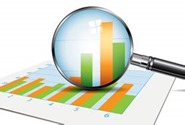
A vulnerability index for the natural environment, the basis of all human welfare, has been developed by the South Pacific Applied Geoscience Commission (SOPAC), the United Nations Environment Programme (UNEP) and their partners. The index was developed through consultation and collaboration with countries, institutions and experts across the globe. This index is designed to be…














